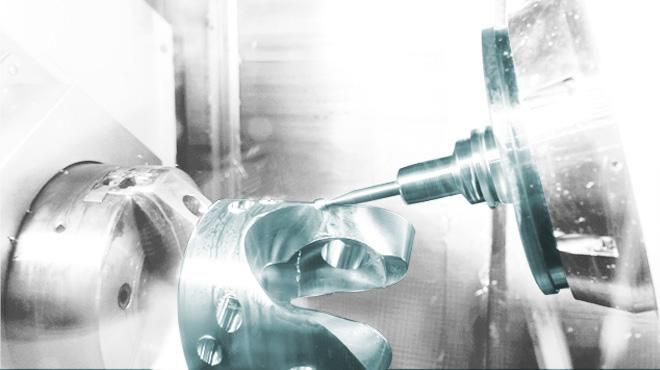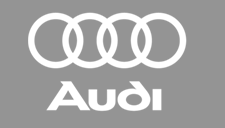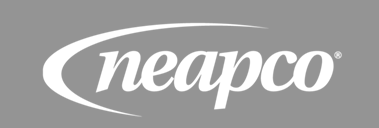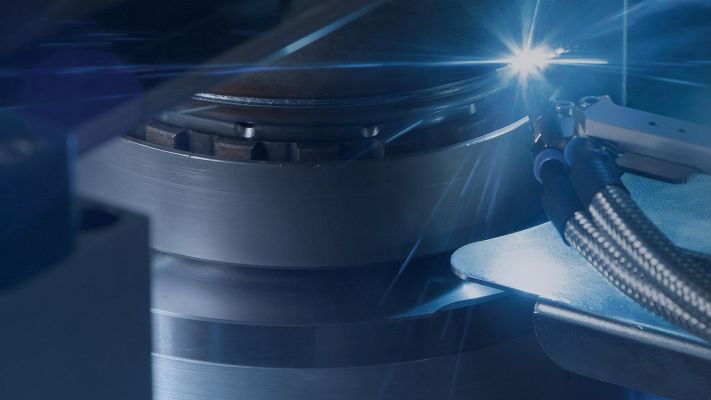
Metal cutting & non-cutting processing technologies
Metal cutting
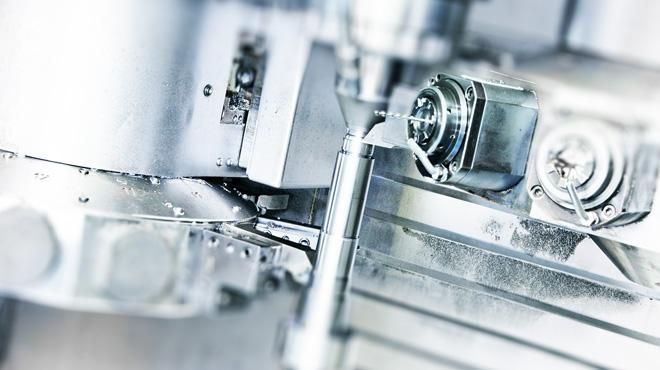
Drilling &
Deep hole drilling

Drilling processes are possible in the process chain on different machine variants. At KmB, the process is perfectly integrated into the overall process.

Drilling processes are used at KmB in various manufacturing systems. All machining processes are sensibly combined. The quality requirements of the component, its material, the required surface qualities and other factors are the focus when the technologists develop individual machining strategies.

SMALL AND LARGE SERIES
The customer benefits from fast and well thought-out processes for small or large series. The extensive equipment of the machine park as well as the extensive process know-how at KmB ensure economical production.
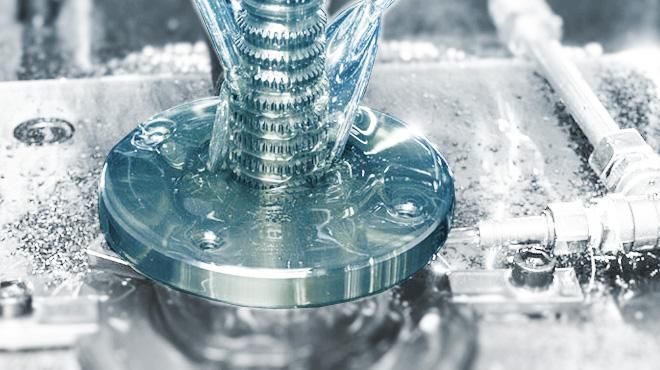
Broaching

KmB Technologies also offers its customers broaching as a machining process. It represents the end of the process chain.

In many manufacturing processes, broaching processes cannot be dispensed with: The specific broaching tool is pulled through the bore. However, it is also possible to broach external surfaces (e.g. with grooves and toothing elements) in a similar way. The tool cross section corresponds to the geometric shape. The result is a machining geometry that is difficult to achieve with conventional methods such as turning, drilling or milling.

DEMANDED COMPONENT QUALITY IS DECISIVE
KmB Technologies offers its customers integrated production processes - the end result is usually ready-to-install components. As a result, customers (depending on the component quality required) can access the broaching process. The manufacturing process is integrated into the process reliably and effectively.
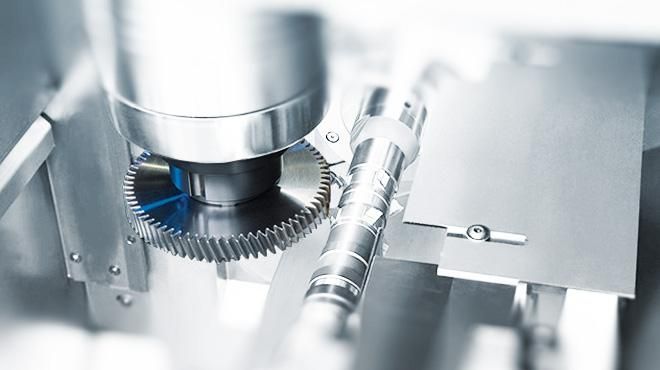
Milling

Milling processes are irreplaceable in many industrial applications. At KmB, the process is perfectly integrated into the overall process.

At KmB, milling processes are used in various manufacturing systems. All machining processes are intelligently combined. The geometric details of the component, its material, the required surface qualities and other factors are the focus when planners develop individual machining strategies.

SMALL AND LARGE SERIES
The customer benefits from fast and precise processes - for small or large series. The extensive equipment of the machine park as well as the extensive process know-how at KmB ensure economical production.
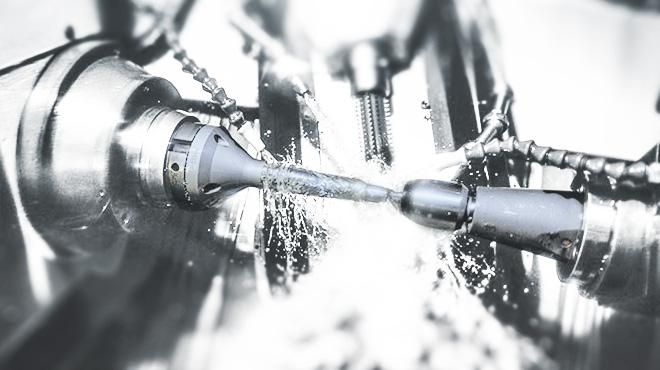
Gear hobbing
Hard hobbing /
Deburring

From hobbing and hard hobbing to deburring: KmB uses a wide range of gear hobbing processes. The result is gear wheels and toothed shafts with high toothing quality and surface quality.

Without gear wheels, nothing rotates in gears: The components are produced worldwide in quantities of millions - including very complex geometries. Basically, users demand a high gear quality so that the components can withstand the high load in the gearbox or engine permanently.

QUALITY IN FOCUS
KmB knows these requirements very well: the specialists rely on different gear cutting processes - from gear hobbing and hard hobbing to deburring. Of course, the goals are always the same: The developers are interested in lower unit costs while maintaining high and consistent quality.
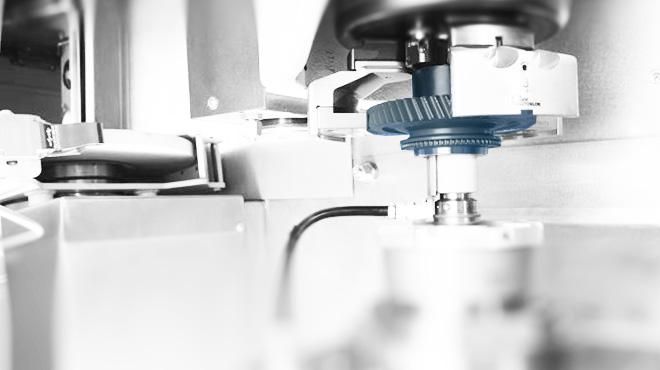
Grinding
Gear grinding

Whether "classic" grinding processes, centerless grinding or gear grinding - KmB Technologies has the necessary technology and process know-how. All grinding machines are designed for highly productive fine machining of chuck parts or shafts.

Grinding is indispensable for various reasons. The dimensional and shape accuracy and the process reliability of the process are very high - consequently, very high roundness, surface quality and the required short waviness values are achieved.

Gear grinding and Centerless grinding
KmB Technologies offers its customers a variety of grinding processes on different grinding machines. These include gear grinding and centerless grinding.
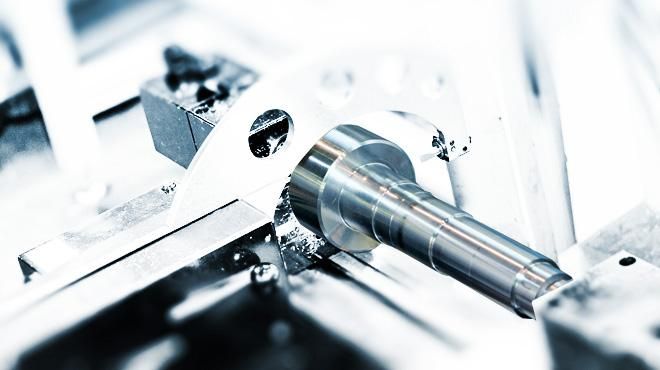
Rotating

First machining process: Turning is the first machining process for "round parts". At KmB, both soft and hard machining is carried out with highly productive production lines or individual machines.

Since the foundation of the company, KmB Technologies has been turning chuck parts and shafts in Zerbst. The extensive experience is an ideal basis for the establishment of holistic processes, because turning is always the beginning of an interlinked production line.

OPTIMIZED TURNING PROCESSES
As a general rule, KmB relies exclusively on highly productive production systems and close coordination with its customers. For example, tool selection, determination of cutting data and programming are always carried out with the aim of achieving effective and reliable processes.
Non-metal cutting
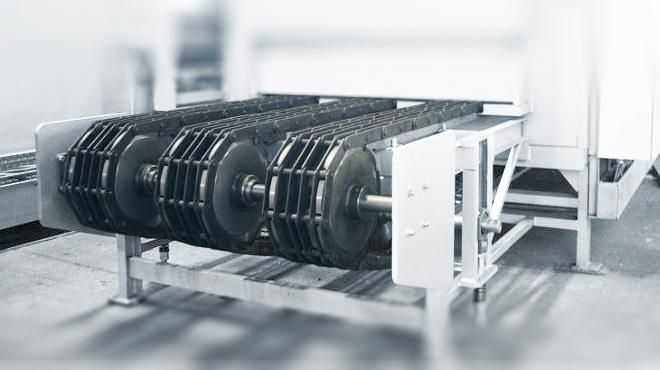
Tempering

Precise tempering is indispensable after the hardening processes. KmB coordinates the process with its customers and controls the entire process.

It's the combination that counts: Only the interaction of hardening and tempering results in optimum component quality with the desired material properties. Tempering is a heat treatment, but its maximum temperature is below the so-called transformation point - as a rule, the process takes place in the range between 300 and 550 degrees Celsius ...

All in all, tempering relieves stresses in the component that have arisen as a result of hardening. The general toughness of the material increases.

CONTROL THE PROCESS
KmB contributes its experience in the complete machining of many automotive components to the design of a precisely fitting hardening and tempering process. At the end of the day, customers benefit from optimum component quality.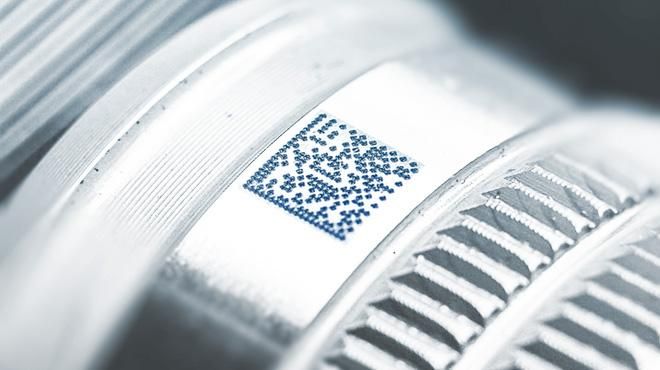
Laser marking

All automotive components are labelled during the production process at KmB - for example with a machine-readable code that guarantees the tracking of the manufacturing process.

It is impossible to imagine modern automotive production without comprehensive component labeling - ultimately, the codes make the entire supply chain of a car's components transparent. This is particularly important for maintenance-relevant components.

HIGH QUALITY CODES
KmB offers its customers a high degree of flexibility in this field of application: depending on the area to be marked or the required abrasion resistance, the optimum marking systems are used. The end result is always a high-quality code that is machine-readable.

PERFECTLY INTEGRATED
In addition, the marking system is perfectly integrated into the production line. This prevents unproductive downtimes. On request, KmB's production planners can advise on the possibilities of the marking systems during component development. Customers benefit from a wealth of experience with vehicle components.
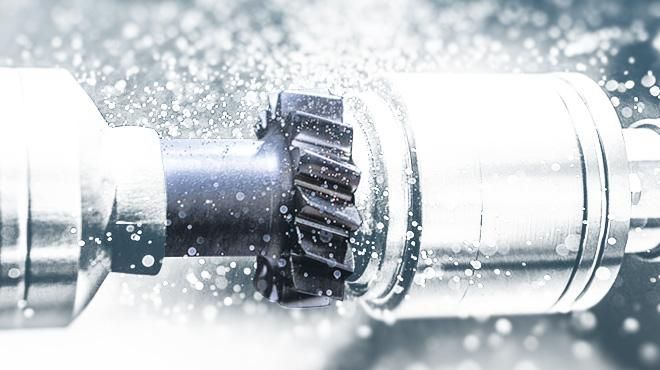
Strength
blasting

Higher fatigue strength and permanent protection against stress corrosion cracking - these are the advantages of strength blasting. On request, the process is an important element within the production process at KmB.

The process is suitable for numerous components - especially if they have a demanding geometry or individual details are difficult to achieve. A specific abrasive is "shot" at high speed at the surface to be treated. It then shows changes that trigger so-called residual compressive stresses. In this way, the fatigue strength of the material is significantly improved.

PRECISELY MONITORED AND CONTROLLED
The effectiveness of strength blasting depends on the intensity and hardness of the abrasive used. The process must always be closely monitored and controlled. KmB relies on modern plant equipment and the experience of its own process planners. Every customer is given comprehensive advice on the possibilities of strength blasting and conceivable alternatives.
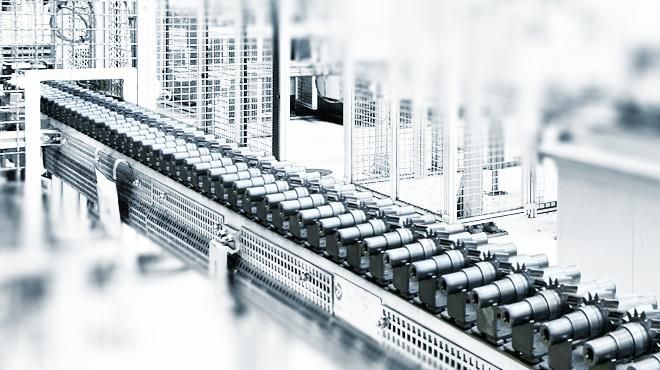
Straightening

Straightening is a very effective process for bringing components into a specific geometry. At KmB Technologies, the entire process is carried out with maximum precision.

Keyword "precision": This is the decisive advantage of straightening compared to bending. The specified machining tolerances are adhered to precisely - no post-processing is necessary. Various measuring systems and sensors check the demanding process.

CENTRAL FACTORS IN MIND
Numerous rotationally symmetrical parts can benefit from this approach: For example, they are deformed during roll straightening by means of a specific rolling movement. In the alternative bending straightening process, the forming is carried out by means of a stroke movement, which executes an NC axis ...

Among other things, the so-called resistance moment and the upper yield strength determine the directional force used here. Whether a metal can be straightened at all is determined by the minimum elongation at fracture and the existing yield strength. KmB provides its customers with comprehensive advice on the possibilities and limits of the process.

Thread rolling

Cold rolling is fast and reliable. Every KmB customer can benefit from these advantages.

The technologists in Zerbst use the non-machining process in a targeted manner, whenever the desired machining process or component requires it.

Loadable threads
Customers then benefit from the major advantages of cold rolling: During the non-machining process, the fiber flow within the material solidifies. This in turn increases the load capacity of the thread. In addition, the geometries produced are very dimensionally accurate and have a high surface quality ...

Grundsätzlich gilt: Es lassen sich sehr viele Werkstoffe rollen. Sie müssen allerdings eine Mindestdehnung von rund fünf Prozent vorweisen. Zu den Vorteilen des Verfahrens und möglichen Alternativen beraten die Experten von KmB ihre Kunden umfassend.
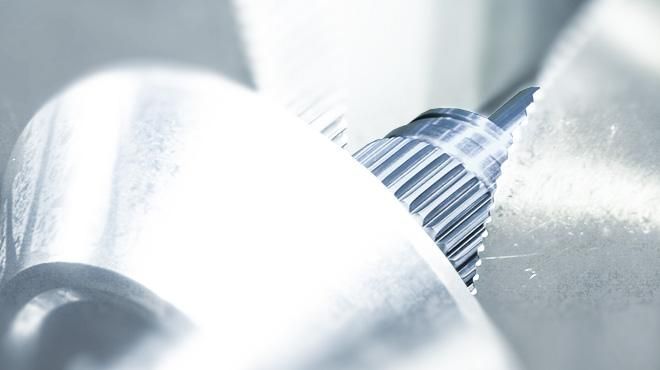
Spline Rolling

A number of advantages characterize spline rolling - for example, very firm tooth contours are created and the process is fast. KmB Technologies uses the non-cutting process in a targeted manner depending on the component requirements.

Rolling-on, ingress, calibration - in three phases, the desired toothing is produced on the component during rolling. The teeth of the tool penetrate the material in the radial direction and reproduce their shape very precisely. In addition, the process times for gear rolling are very short.

HIGH COMPONENT STABILITY
It is also important that the tooth contour increases significantly during work hardening and that the component later exhibits high stability and stability. In addition, extremely high-quality surfaces with low roughness values are produced during gear rolling. The process is used, for example, for splines. KmB, advises customers on the application of the process with a view to economy and quality.
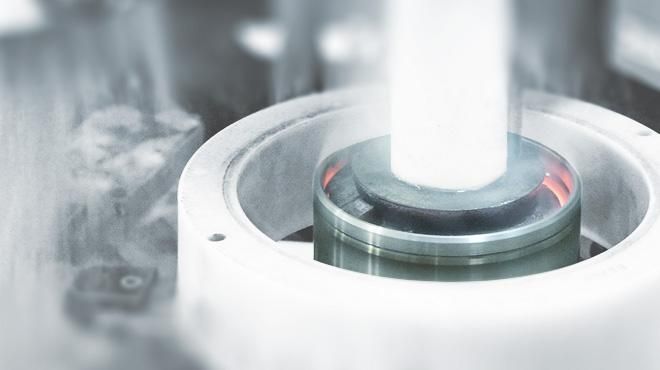
Induction
hardening

Experience and process reliability characterize inductive hardening: The cycle time is only a few seconds and the result is absolutely consistent component quality. KmB integrates the process into the machining process.

This shows one of the central advantages of inductive hardening: The systems are integrated into the process chain between soft and hard machining.

HIGH COMPONENT QUALITY
The single-frequency and multi-frequency processes are used according to workpiece requirements; heating of the component takes place at an absolutely constant depth and temperature. The hardening depth is selected according to the workpiece requirements. This results in a very uniform hardness pattern. Users benefit from a fast, high-precision and flexible process.
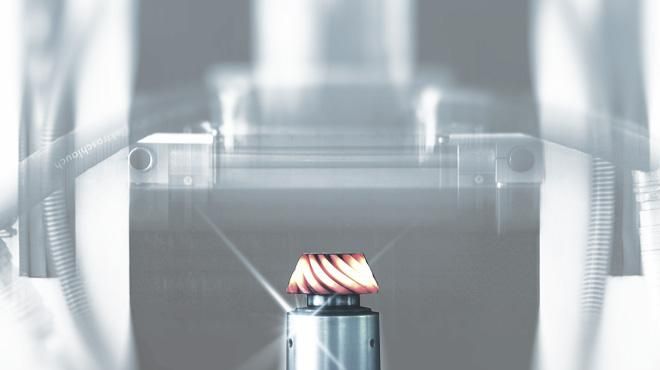
Hardening process
by partner companies
Nitriding / Bainitizing

Whether case hardening, nitriding or bainitizing - KmB advises its customers on the choice of the right hardening process. The entire process is coordinated and carried out with external partners.
Ultimately, the component and its material determine the choice of hardening process for the partner by KmB ...

CASE HARDENING IS SUITABLE
... for components made of case hardening steels with a relatively low carbon content. They are heated to around 1,000 degrees in the furnace - the so-called carburizing process takes place. After quenching in a quenching agent, the material has a significantly harder surface (surface layer). Many drive parts and gear wheels are treated in this way.

DURING NITRADING,
... a very hard compound layer forms on the surface. The component is discharged into a salt bath (bath nitriding) or passed through a gas atmosphere (gas nitriding). One of the advantages of this process is the high heat resistance of the treated components.

KmB can also offer the bainitisation of components in cooperation with external partners. This special type of heat treatment is suitable for metals with a medium or high carbon content. The material creates a structure known as bainite.
